What is hamsa? Everything you need to know
Hamsa is an ancient symbol with deep roots and cultural significance in different regions. It is a symbol of protection and good luck, with religious and spiritual symbolism. There are variations of hamsa with different designs and styles, and it is found in different cultures. Hamsa is also prevalent in popular culture, appearing in art, fashion, music, and entertainment.
Key Takeaways
- Hamsa is an ancient symbol with cultural significance in different regions.
- It symbolizes protection and good luck.
- Hamsa has religious and spiritual symbolism.
- There are variations of hamsa with different designs and styles.
- Hamsa is prevalent in popular culture, appearing in art, fashion, music, and entertainment.
The Origins of Hamsa
Ancient Symbol with Deep Roots
The hamsa is an ancient symbol that has been around for centuries. It has deep roots in various cultures and religions, including Judaism, Islam, and Christianity. The word 'hamsa' itself means 'five' in Arabic, representing the five fingers of the hand. This symbol is believed to have originated in the Middle East and North Africa, but its exact origins are still debated.
The hamsa is often depicted as a hand with an eye in the center, known as the 'eye of Fatima' or the 'eye of God'. This eye is said to provide protection against the 'evil eye' and bring good luck to the wearer. The hamsa is also associated with blessings, power, and strength.
In addition to its religious and spiritual symbolism, the hamsa is also seen as a symbol of peace and unity. It is often used as a decorative element in jewelry, home decor, and artwork. The hamsa can be found in various designs and styles, with each culture adding its own unique touch to the symbol.
Overall, the hamsa is a powerful symbol that has stood the test of time and continues to be revered in many cultures around the world.
Cultural Significance in Different Regions
The cultural significance of hamsa varies across different regions. In the Middle East, hamsa is widely regarded as a symbol of protection and is believed to ward off the evil eye. It is often used as a talisman to bring good luck and blessings. In North Africa, hamsa is deeply rooted in the Berber culture and is associated with femininity and fertility. In India, hamsa is known as the 'hamsa hand' and is considered a sacred symbol in Hinduism. It represents the balance of the five elements and is believed to bring happiness, health, and prosperity.
In Jewish culture, hamsa is known as the 'Hand of Miriam' and is associated with the matriarch Miriam, sister of Moses. It is a symbol of divine protection and is often used as a decorative element in Jewish homes and jewelry. In recent years, hamsa has gained popularity worldwide and has become a trendy symbol in various cultures, representing peace, harmony, and spirituality.
Symbolism and Meaning of Hamsa
Protection and Good Luck
The hamsa symbol is believed to bring protection and good luck to its wearer. It is often worn as a talisman or amulet to ward off evil spirits and negative energy. The open hand design of the hamsa is said to represent the hand of God, offering blessings and protection. In addition to its protective qualities, the hamsa is also associated with good luck and fortune. Many people believe that wearing or displaying the hamsa can bring them good fortune and positive outcomes in various aspects of life.
- The hamsa is often used as a decorative element in jewelry, home decor, and clothing.
- It is also a popular symbol in tattoo art, with many people getting hamsa tattoos as a way to carry its protective and lucky qualities with them at all times.
Tip: To enhance the protective and lucky energies of the hamsa, some people choose to combine it with other symbols or gemstones that are believed to have similar properties, such as the evil eye or the four-leaf clover.
Religious and Spiritual Symbolism
The hamsa hand is not only a symbol of protection and good luck, but it also holds deep religious and spiritual significance. In various cultures and religions, the hamsa is believed to ward off evil spirits and bring blessings to the wearer. It is often associated with the divine and is seen as a powerful talisman against negative energies.
In Judaism, the hamsa is known as the Hand of Miriam, representing the protective and nurturing qualities of the matriarch. It is a symbol of God's hand guiding and protecting His people. In Islam, the hamsa is known as the Hand of Fatima, symbolizing the five pillars of Islam and providing protection from the evil eye.
The hamsa hand is also associated with spirituality and mindfulness. It is believed to promote inner peace, harmony, and spiritual growth. Many people use hamsa jewelry or artwork as a reminder to stay connected to their spiritual path and to seek protection and guidance from a higher power.
Overall, the religious and spiritual symbolism of the hamsa hand makes it a cherished symbol in many cultures and a powerful tool for personal and spiritual growth.
Variations of Hamsa
Different Designs and Styles
Hamsa designs and styles vary greatly, allowing for personalization and individual expression. Some popular variations include:
-
Filigree Hamsa: This delicate design features intricate metalwork, often in the shape of a hand, with ornate patterns and details.
-
Gemstone Hamsa: These hamsas are adorned with gemstones, adding a touch of color and sparkle to the design.
-
Evil Eye Hamsa: Combining the protective powers of both the hamsa and the evil eye, this design features an eye in the center of the hand.
-
Henna Hamsa: Inspired by the traditional art of henna, these hamsas are decorated with intricate henna-like patterns.
-
Modern Hamsa: Contemporary interpretations of the hamsa often incorporate modern elements and artistic styles.
-
Tattoo Hamsa: Many people choose to get hamsa tattoos as a permanent symbol of protection and spirituality.
These are just a few examples of the diverse designs and styles of hamsa that can be found.
Hamsa in Different Cultures
The hamsa symbol has been embraced by various cultures around the world, each adding their own unique interpretations and beliefs to its meaning. Here are some examples of how the hamsa is viewed in different cultures:
-
In Middle Eastern and North African cultures, the hamsa is often associated with protection against the evil eye. It is believed to ward off negative energy and bring good fortune.
-
In Jewish culture, the hamsa is known as the Hand of Miriam or the Hand of Fatima. It is seen as a symbol of divine protection and is often used in jewelry and home decor.
-
In Hinduism, the hamsa is associated with the god Saraswati, the goddess of knowledge, music, and the arts. It represents purity and enlightenment.
-
In Buddhism, the hamsa is known as the Abhaya Mudra, which symbolizes fearlessness and protection from fear.
-
In Western cultures, the hamsa has gained popularity as a trendy symbol of spirituality and mindfulness.
Hamsa in Popular Culture
Hamsa in Art and Fashion
In the world of art and fashion, the hamsa symbol has gained significant popularity. Designers have incorporated the hamsa into their collections, creating stunning pieces that showcase the beauty and meaning of the symbol. Jewelry adorned with hamsa charms and pendants has become a fashion statement, with many people wearing it as a symbol of protection and good luck.
Additionally, the hamsa symbol has made its way onto clothing and accessories, adding a touch of spirituality and cultural significance to various fashion items. From t-shirts to handbags, the hamsa can be seen in different designs and styles, appealing to individuals who appreciate its symbolism and aesthetic appeal.
Whether it's a delicate hamsa necklace or a bold hamsa print on a dress, incorporating the hamsa into art and fashion allows individuals to express their beliefs and showcase their style. The hamsa's versatility and timeless appeal make it a popular choice for those looking to add a touch of spirituality and cultural significance to their wardrobe.
Hamsa in Music and Entertainment
In the realm of music and entertainment, the hamsa symbol has gained popularity and is often incorporated into various artistic expressions. Musicians and performers have embraced the hamsa as a symbol of protection and good luck, incorporating it into their album covers, stage designs, and merchandise. The hamsa's intricate design and rich symbolism add a touch of mystique and spirituality to the world of music and entertainment.
Additionally, the hamsa has made its way into popular films and television shows, becoming a recognizable symbol in the entertainment industry. Its presence in these mediums serves to enhance the visual storytelling and add depth to the characters and narratives.
The hamsa's presence in music and entertainment not only showcases its aesthetic appeal but also highlights its enduring significance and relevance in contemporary culture.
Conclusion
In conclusion, the hamsa is a powerful symbol that has deep cultural and spiritual significance. It is believed to bring protection, good fortune, and blessings to those who wear or display it. Whether you are drawn to its beauty or intrigued by its history, the hamsa is a symbol that continues to captivate and inspire people around the world.
Frequently Asked Questions
What is the meaning of the hamsa symbol?
The hamsa symbol is believed to bring protection, good luck, and blessings to the wearer. It is also associated with warding off evil and negative energies.
Where did the hamsa symbol originate?
The hamsa symbol has its origins in ancient Middle Eastern and North African cultures, particularly in Judaism, Islam, and Christianity.
What does the hand in the hamsa symbol represent?
The hand in the hamsa symbol represents the Hand of God, divine power, and strength. It is often depicted with an eye in the palm, known as the Eye of Fatima or the Eye of God.
What are some variations of the hamsa symbol?
There are various designs and styles of the hamsa symbol, including different shapes, colors, and embellishments. Additionally, different cultures have their own interpretations and representations of the hamsa.
Is the hamsa symbol associated with any specific religion?
The hamsa symbol is associated with multiple religions, including Judaism, Islam, and Christianity. It is considered a sacred symbol in these faiths and is often used for protection and blessings.
How is the hamsa symbol used in popular culture?
The hamsa symbol has gained popularity in art, fashion, and entertainment. It is often incorporated into jewelry, clothing, and home decor. Additionally, it is referenced in music, films, and literature.
Best Sellers














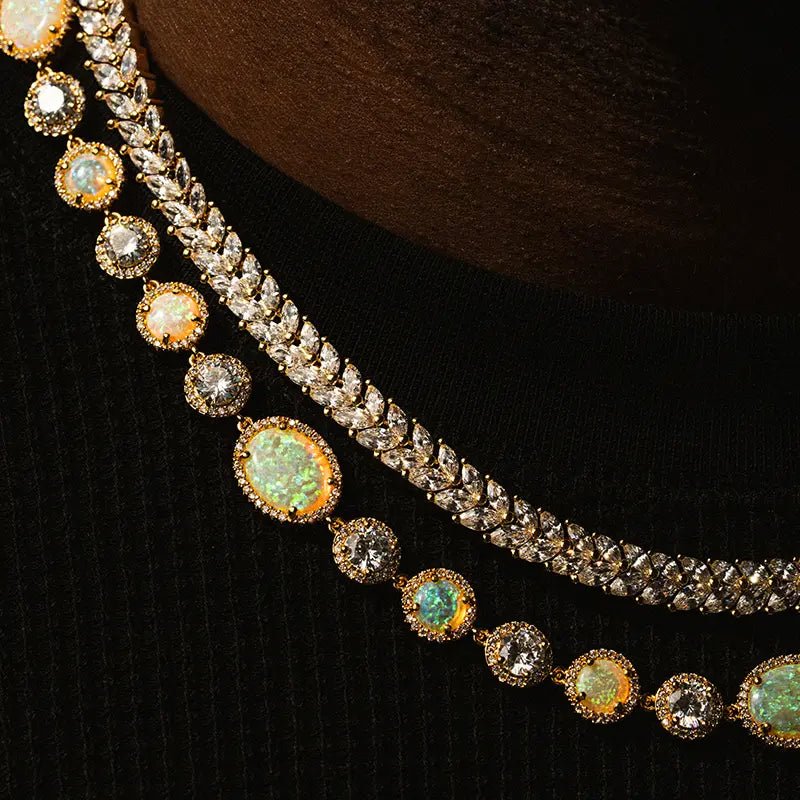

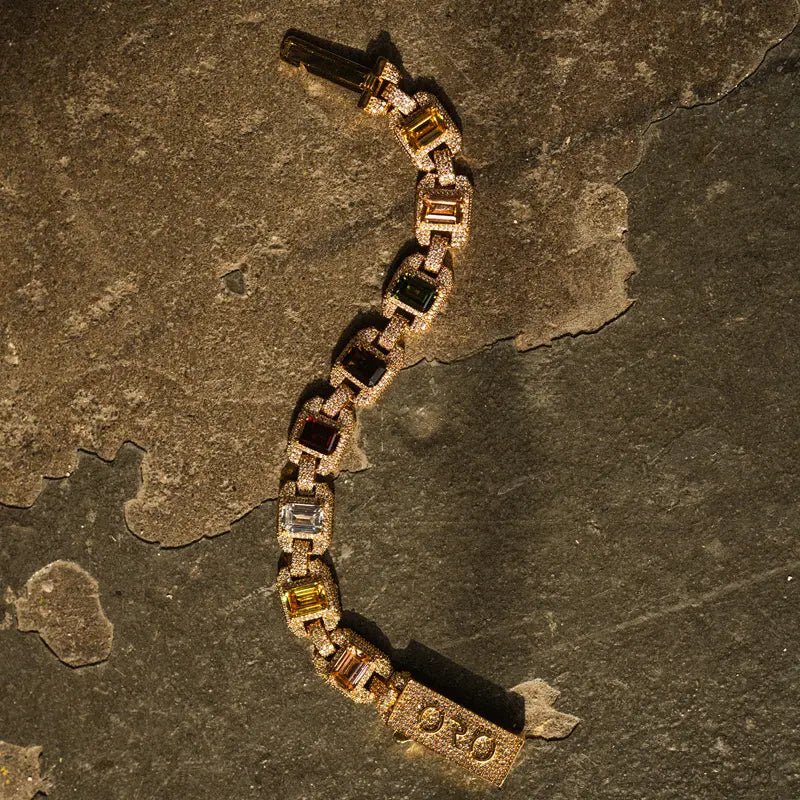
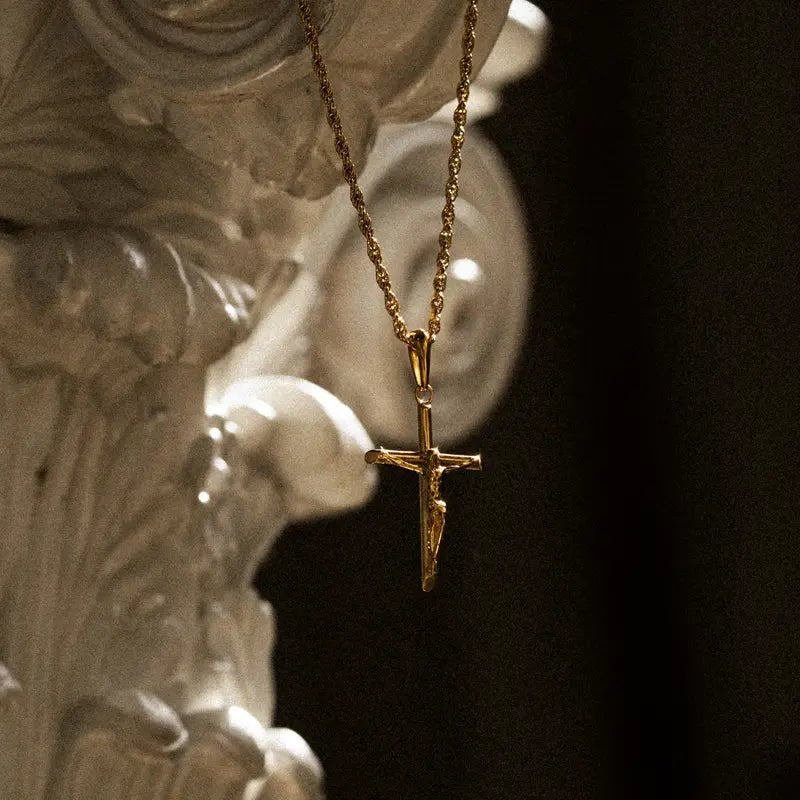



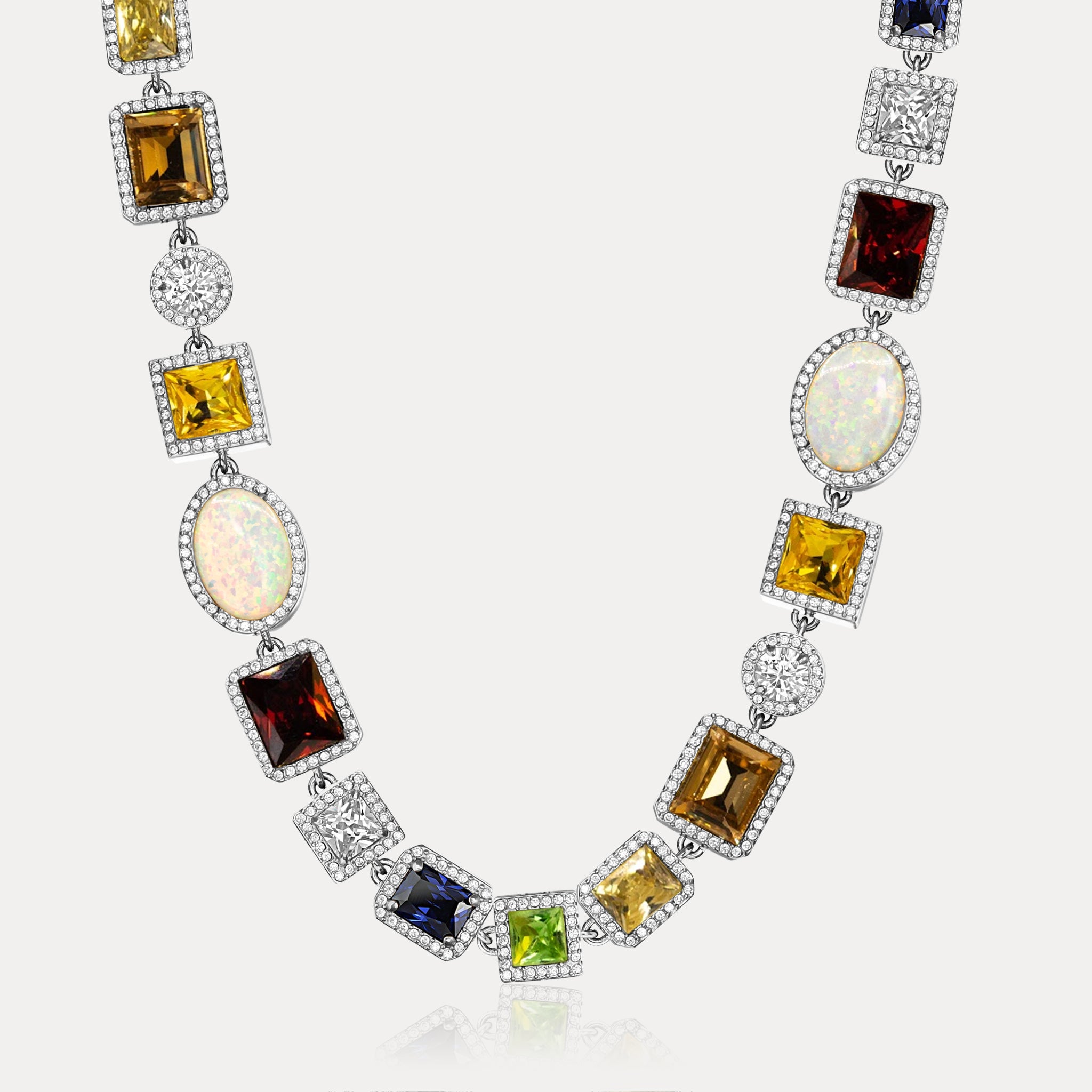

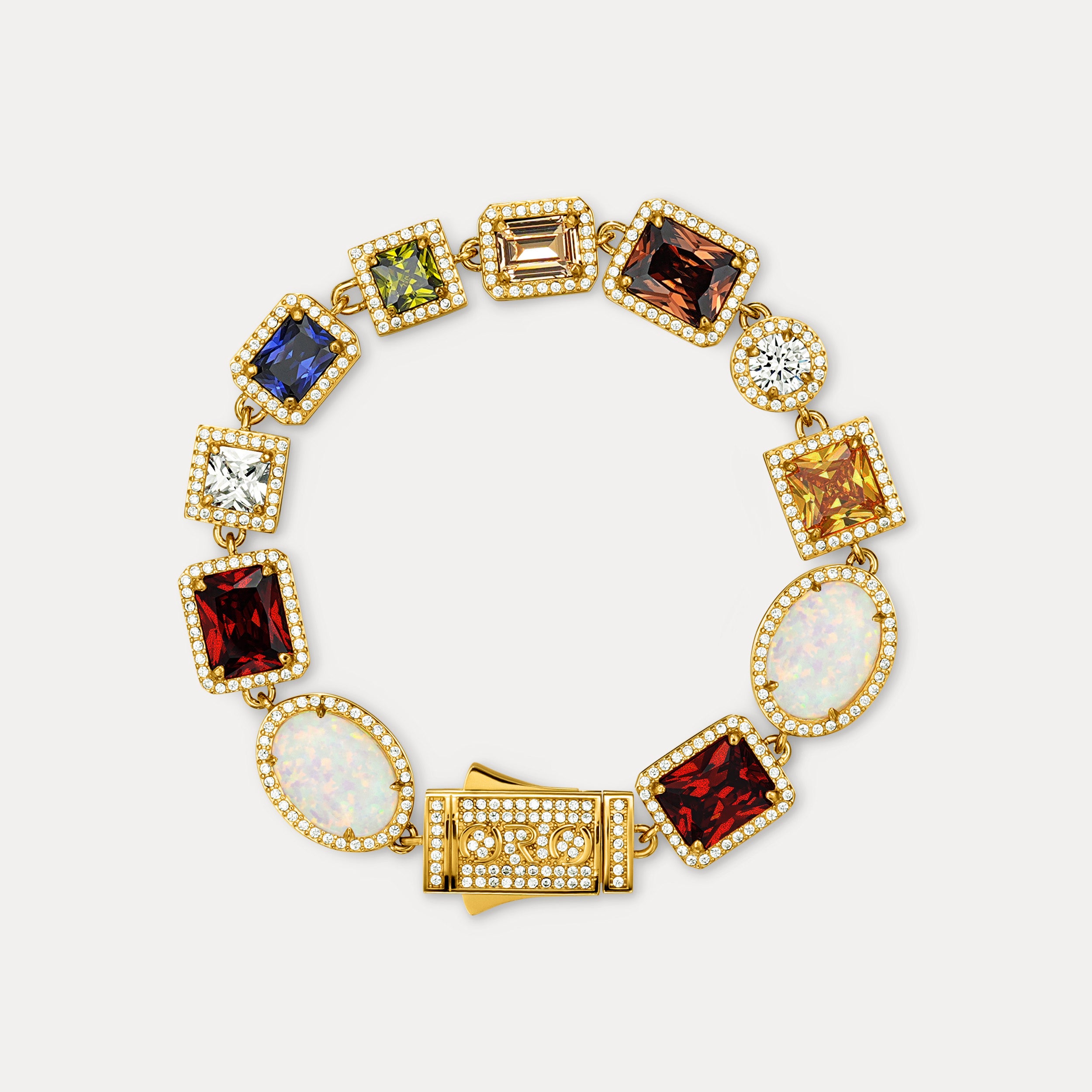



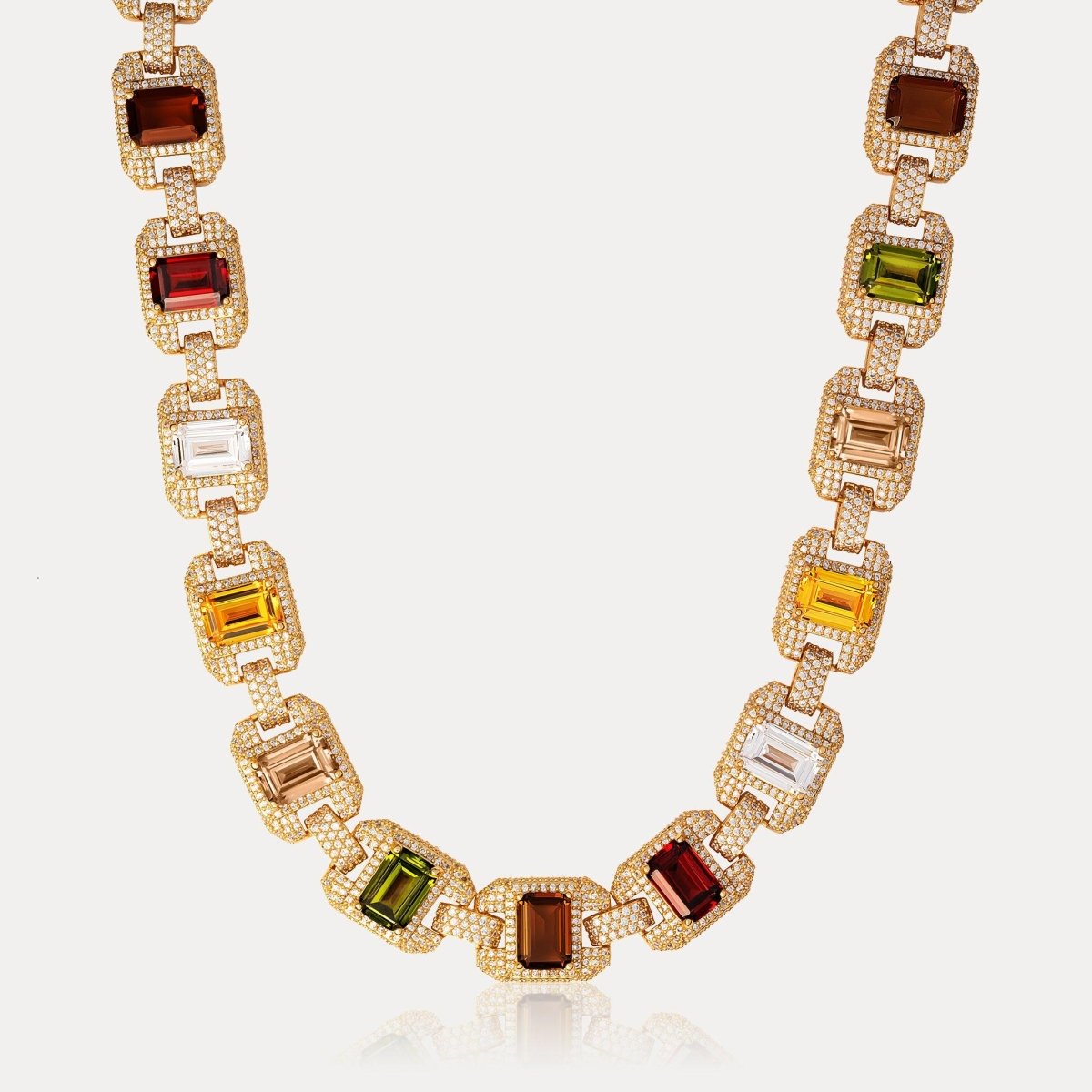



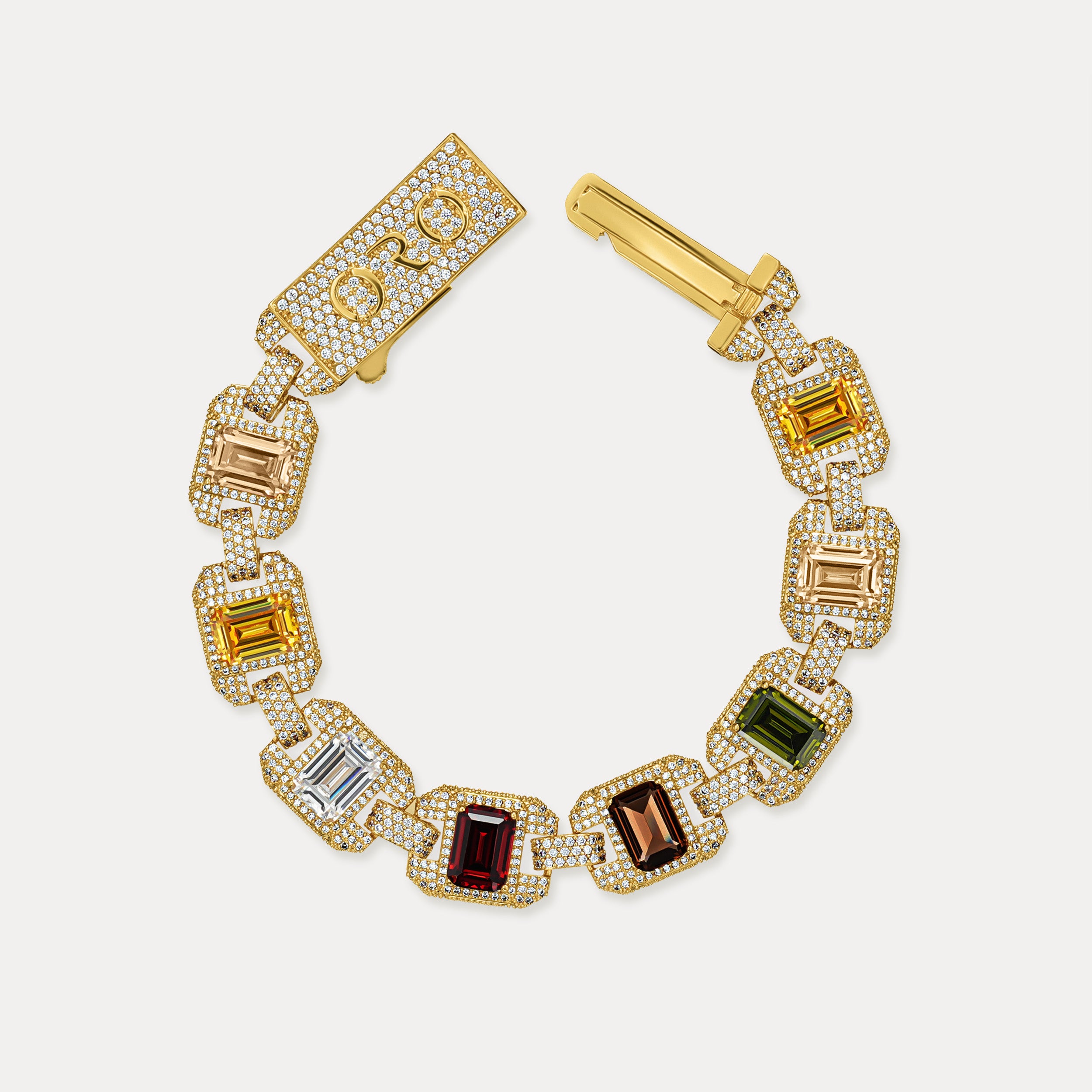



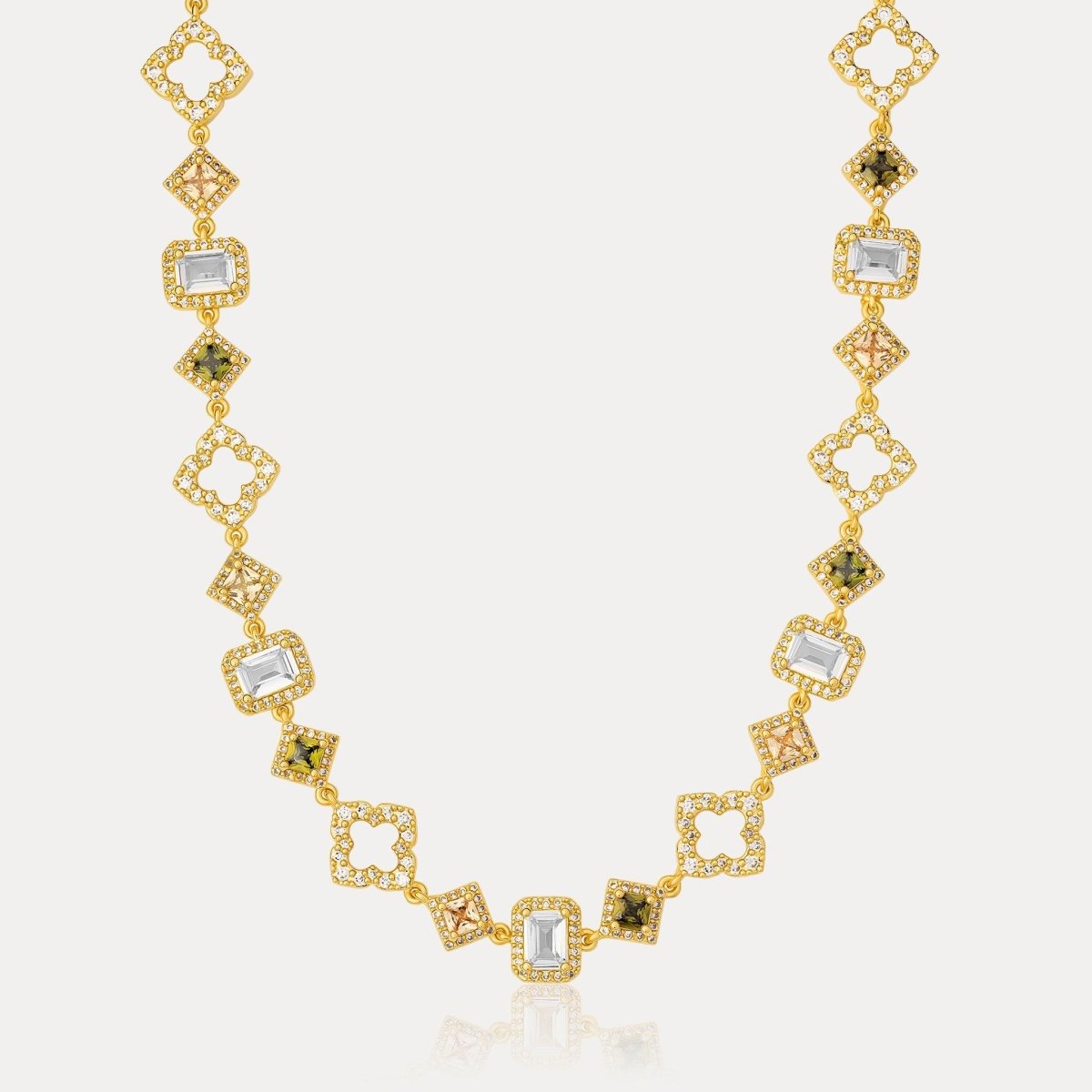

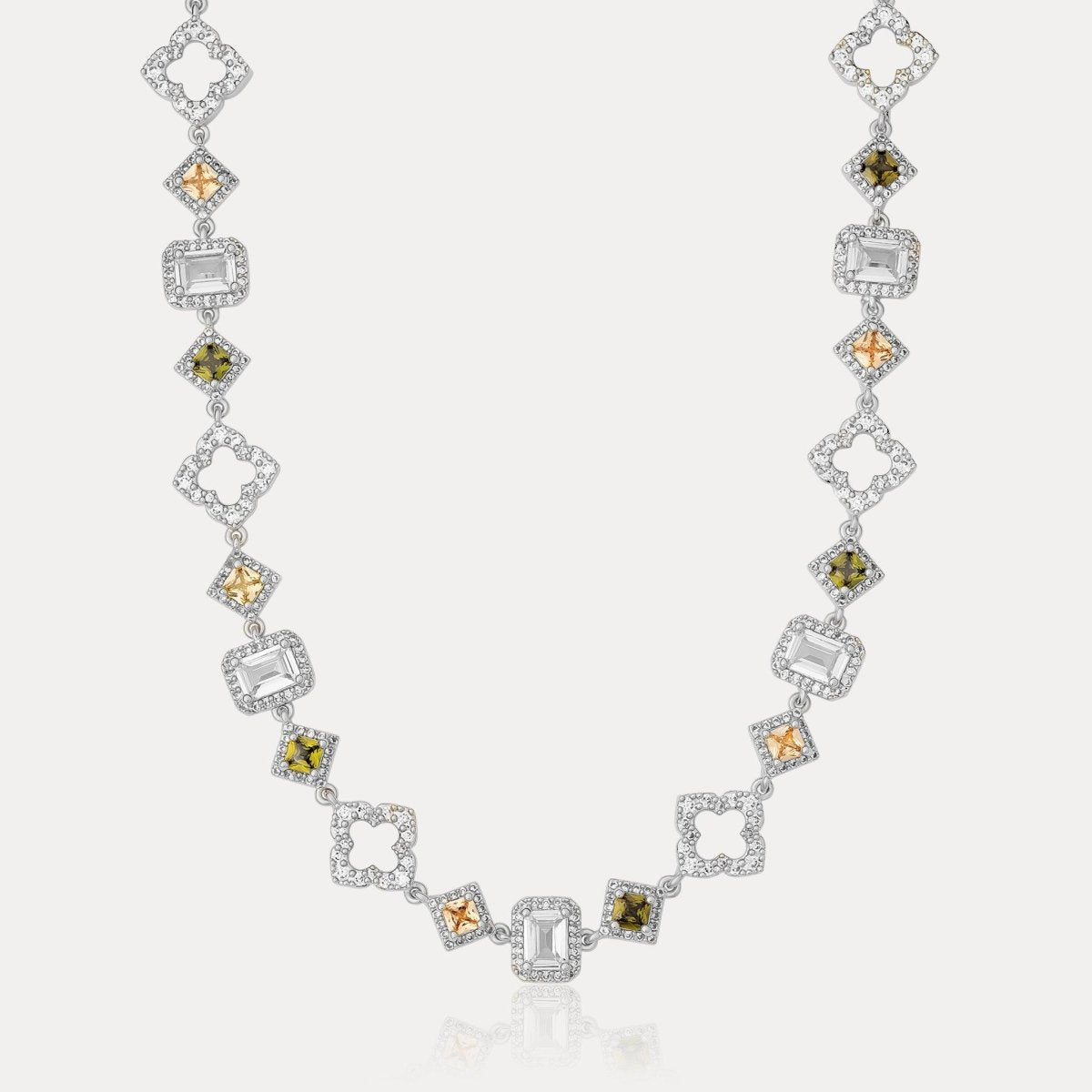













Leave a comment
This site is protected by hCaptcha and the hCaptcha Privacy Policy and Terms of Service apply.